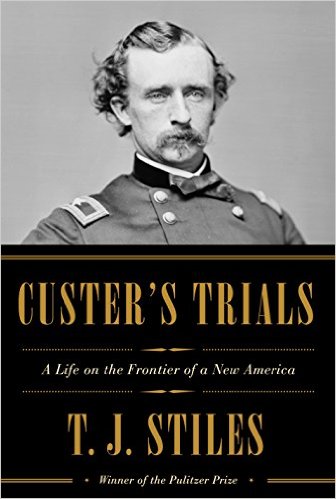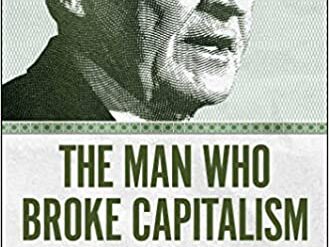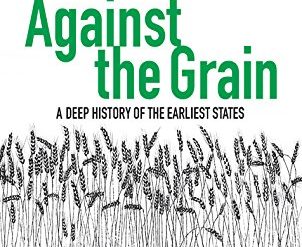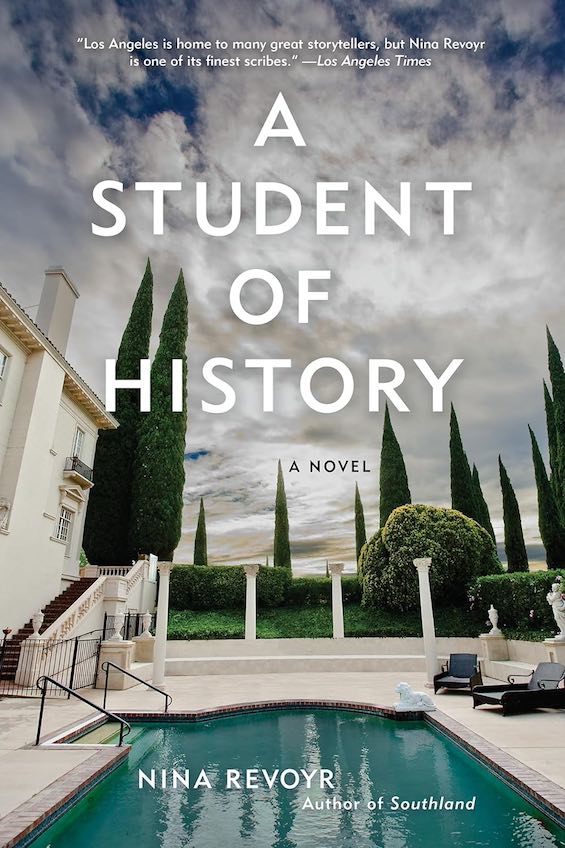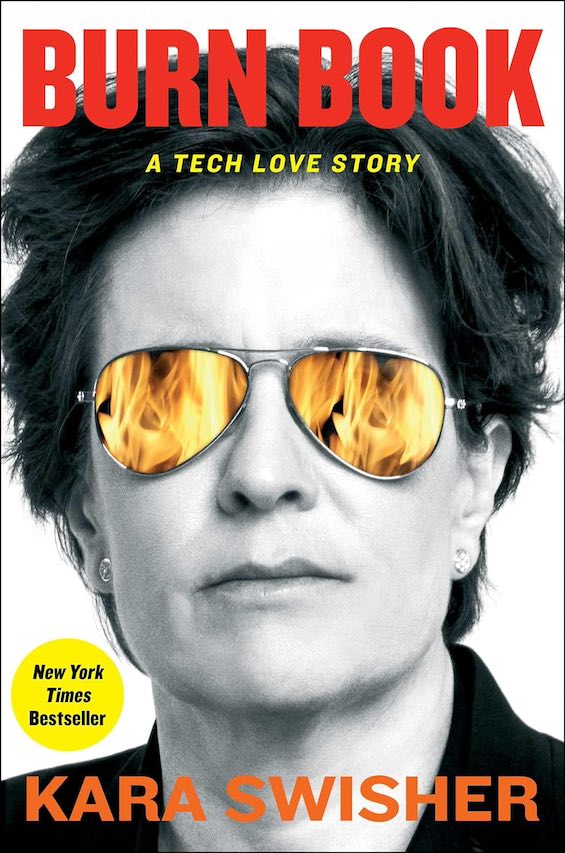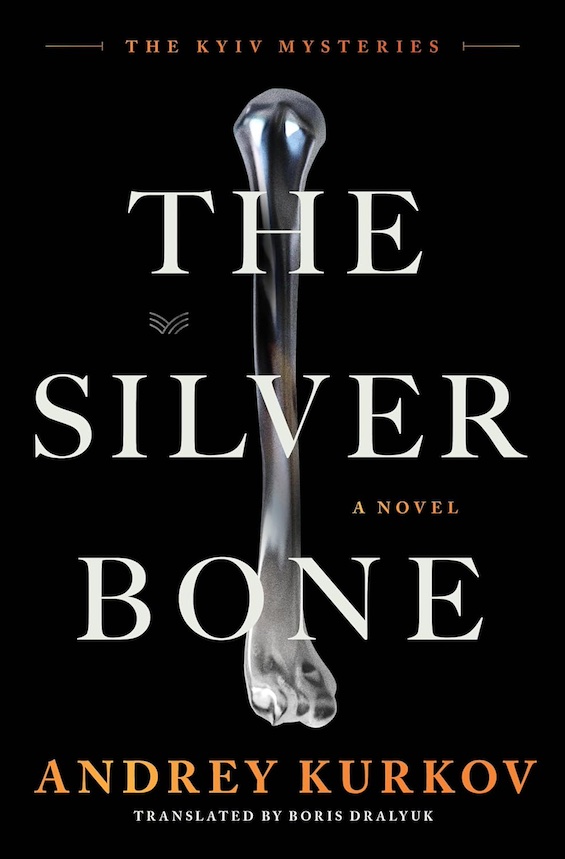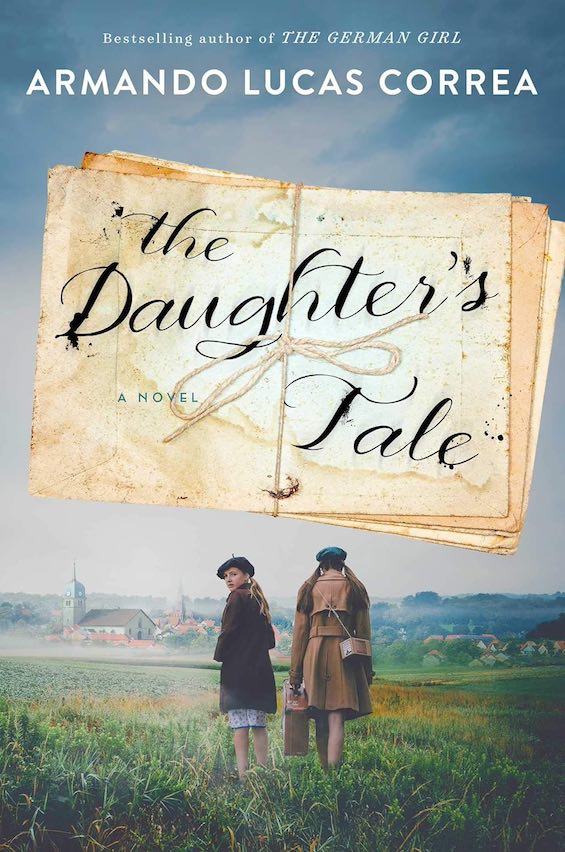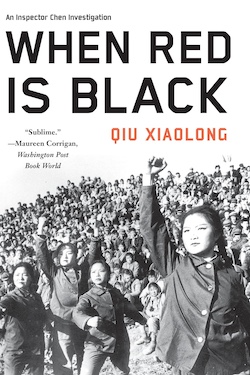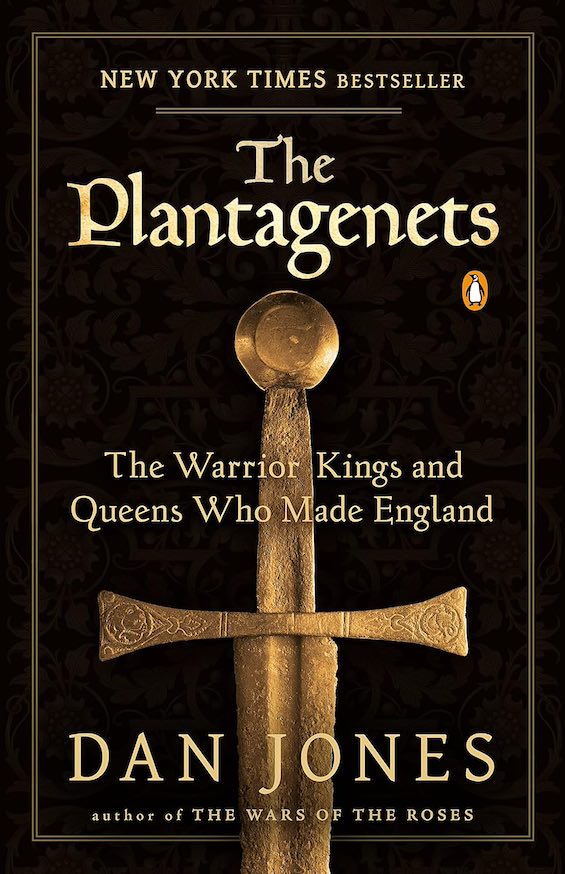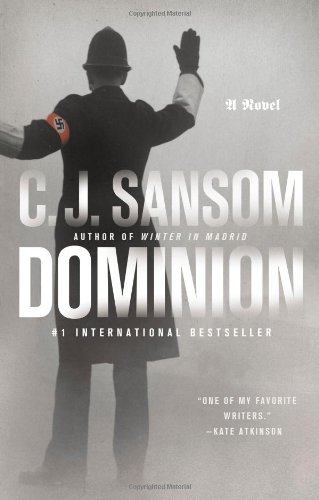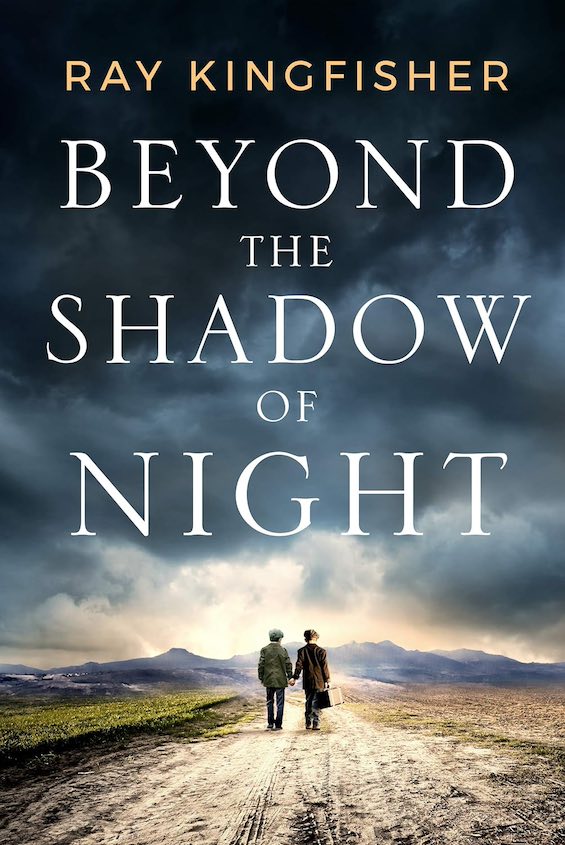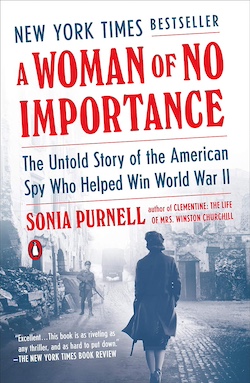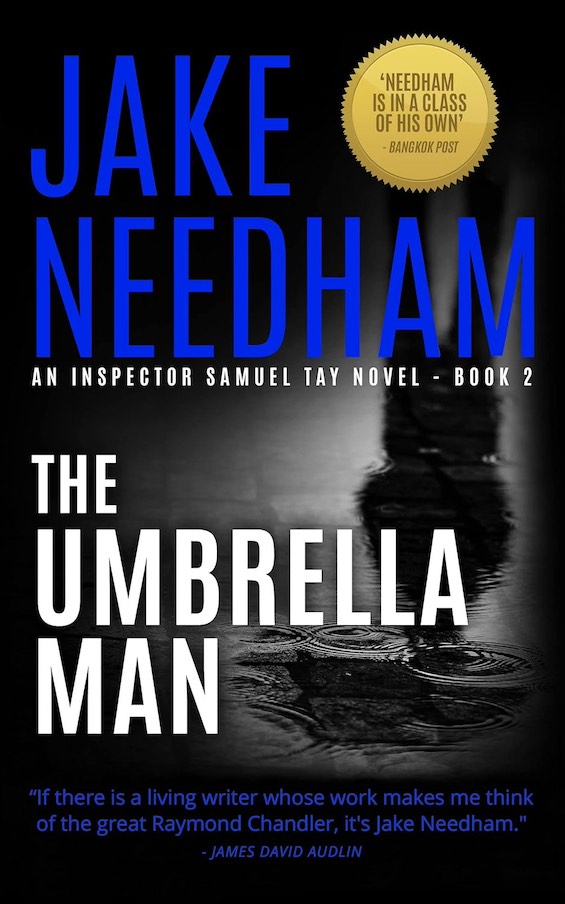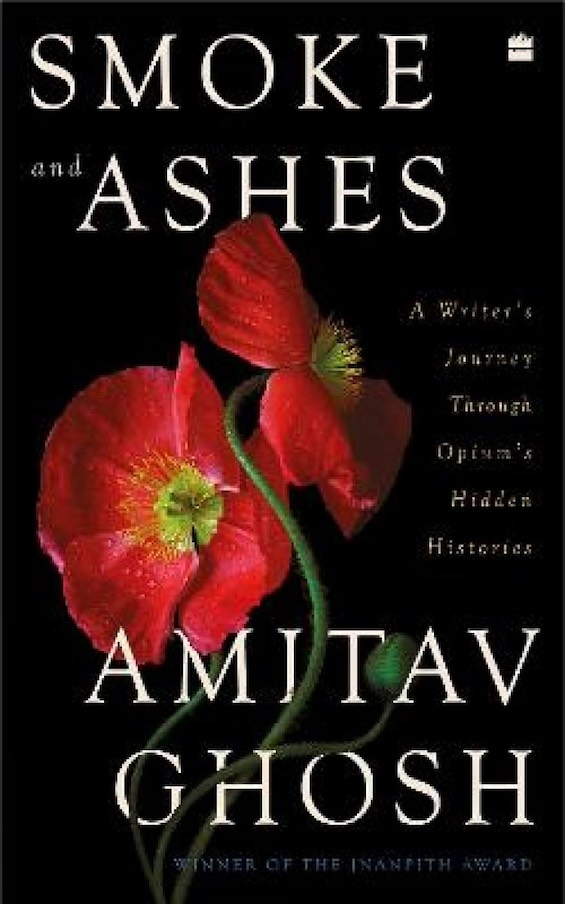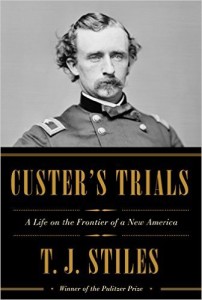
When we learned American history in school, a few easily identifiable names stuck in our memory. George Washington and Abraham Lincoln, of course. Thomas Jefferson, FDR, and John F. Kennedy, probably (though Kennedy was after I’d left for college). But high on the list is one man who was never president, and in fact never rose above the rank of Lieutenant Colonel in the U.S. Army: George Armstrong Custer. What became almost universally known as Custer’s Last Stand has taken the place among the iconic events in our country’s history. Unfortunately, as we’ve learned to expect, the history we were spoon-fed in our public schools about both the event and the man was oversimplified, at best. As the brilliant biographer T. J. Stiles demonstrates in Custer’s Trials, the life led by Custer before the massacre at Little Big Horn in 1876 was, if anything, far more significant than his death.
Estimated reading time: 7 minutes
Custer at war
Custer was a second lieutenant in the U.S. Army cavalry not long out of West Point when the Civil War broke out in 1861. After an uncomfortable stint in the Balloon Corps, conducting reconnaissance missions over enemy lines, Custer managed to ingratiate himself with General George McClellan, Commander of the Army of the Potomac. He was quickly given a position on the general ‘s staff and promoted to captain.
Soon afterward, Custer went into battle as a cavalry officer. It was not long before he proved himself to be an outstanding leader in battle, charging forward toward the enemy, often far ahead of his men, and wielding his saber with lethal effect. He distinguished himself so brilliantly in combat that he was promoted to the temporary rank of brigadier general and given command of a brigade consisting of some 2,000 soldiers. He was twenty-three years old. The press came to call him the “Boy General of the Golden Locks.”
Custer’s Trials: A Life on the Frontier of a New America by T. J. Stiles ★★★★★
Winner of the 2016 Pulitzer Prize for History
Custer shone on the battlefield
As leadership of the army shifted from the hopelessly cautious McClellan to one general, then another, Custer continued to shine on the battlefield. “There he was at ease.” Eventually, when Ulysses S. Grant took command of the Army, Custer became a favorite of Grant’s own favored subordinate, Philip Sheridan. Working under Sheridan’s tutelage, Custer played a major role in turning back the Confederate advance in the Shenandoah Valley, closing off the Confederate Army’s path to the north and thus hastening the end of the war.
Throughout this time, Custer continued to endanger himself to an extreme degree leading from the front. Bullets (spent from having been fired from a great distance) literally bounced off him, and the horses he rode died while he survived battle. One one occasion, he “had three horses shot from underneath him in a single day,” on another “losing two horses killed beneath him within fifteen minutes of each other.” An attack led by Custer killed General J.E.B. Stuart, one of the stars of the Confederate Army and a cherished friend of Robert E. Lee.
It was for exploits like these that Custer was promoted to the rank of major general (though the rank was a temporary, “brevet” promotion.) He became one of the most recognized heroes of the Civil War, celebrated in newspapers and magazines across the North. The fame he gained made it possible for him to become a professional magazine writer in later years, to supplement his meager salary from the Army.
A man of his time
Stiles writes, “Custer became an icon because he embodied the times in a heightened, dramatic way.” A graduate of West Point, he experienced the country’s first professional education. As an officer in the Army, which “pioneered the organizational society in America,” he became proficient in bureaucratic infighting. Custer was an eminently political general (though he blundered dramatically on more than one occasion). In the years following the war, he gravitated toward New York in a futile search for a fortune, where he cozied up to the gamblers and charlatans who dominated Wall Street. Assigned to a series of frontier forts, Custer became emblematic of the genocidal wars against Native Americans. And he “epitomized the transitional nature of this moment, as America transformed into an organizational society.”
The trials
Stiles bookends his biography with accounts of the two courts-martial Custer faced in his short career (the “Trials” of the title). At West Point, he was prosecuted for cheating and dismissed from the army in 1861, shortly before the outbreak of war. “Then he was reinstated. Out of dozens who were dismissed, he was the only one to be saved. He had no idea why.” (He graduated last in his class.) Stiles attributes this to Custer’s extraordinary good luck, which saved his career — and his life — on many later occasions.
In 1867, following his heroic performance in the Civil War, he faced prosecution again for a long list of charges, including absence without leave (AWOL), marching his troops to exhaustion and his horses to their deaths, and commandeering “two ambulances and four mules for his own use.” Following his conviction that year, the appeals process commenced, eventually ending up on the desk of General Grant, who was still in command of the Army. Custer had served Grant with great distinction in the war, but the president nonetheless announced that what others thought was a harsh sentence he thought was too light. Presumably because Grant was distracted by the turbulent politics that led to his nomination for president, Custer’s sentence was never carried out.
The man, not the legend
Like his father, Custer was a conservative Democrat who “embraced Southern extremism” despite his upbringing in Michigan. He was an outspoken racist. During the height of the war, when a lull in the fighting allowed, he frequently fraternized with Confederate officers whom he had known at West Point. After the Civil War, when he was assigned to police the South for violations of Reconstruction, he routinely turned a blind eye toward the continued exploitation and brutalization of former slaves. He actively played politics, opposing the Radical Republican forces in Congress that backed Reconstruction and campaigning for his hero, George McClellan, in the 1868 presidential election against Ulysses Grant.
The hero-general who captivated the public imagination during the Civil War became a tyrant when shifted to command troops on the frontier. He may have been responsible for an atrocity. In the war, the soldiers serving under him had idolized Custer; on the frontier, his poor treatment of subordinates led to “plots against Custer’s life. . . Families took up the crusade against him.” In fact, as Stiles seems to suggest, Custer’s catastrophic defeat at the Little Big Horn may have come about because the subordinate officers commanding several companies of his troops deliberately failed to come to his rescue. However, as Stiles points out, the most obvious reason for the massacre that ended Custer’s life was that “the army lost largely because the Indians won.”
He was addicted to gambling
Custer was also addicted to gambling at cards and horse races. Stiles writes, “As an army officer, he always felt short of money. He breathed it in and out without ever accumulating any.” The gambling made this worse, of course. Custer’s long-suffering wife was the primary victim.
Stiles also emphasizes Custer’s duplicity with women. For an extended time, he romanced one young woman while more seriously pursuing the woman he eventually married. During their marriage, especially once he had been assigned to the frontier, he slept with other women. Stiles extensively quotes letters and diary entries by his wife, Libbie Bacon Custer, illustrating the strain in their marriage.
About the author
T. J. Stiles‘ masterful biography of Cornelius Vanderbilt, The First Tycoon, won both the National Book Award and the Pulitzer Prize for Nonfiction. Custer’s Trials is the third of the biographies he has written about some of the leading figures of the mid- to late-nineteenth century. His first was Jesse James: The Last Rebel of the Civil War. Stiles lives in Berkeley, California. Fittingly, Custer’s Trials has been nominated for a 2015 National Book Critics Circle Award for Biography.
For related reading
Like to read good biography? Check out 10 great biographies. And be sure to take a look at Top 20 popular books for understanding American history.
If you enjoy reading nonfiction in general, you might also enjoy:
- Science explained in 10 excellent popular books
- My 10 favorite books about business history
- Top 10 nonfiction books about politics
This is one of the many Good books by Berkeley authors.
And you can always find my most popular reviews, and the most recent ones, on the Home Page.

